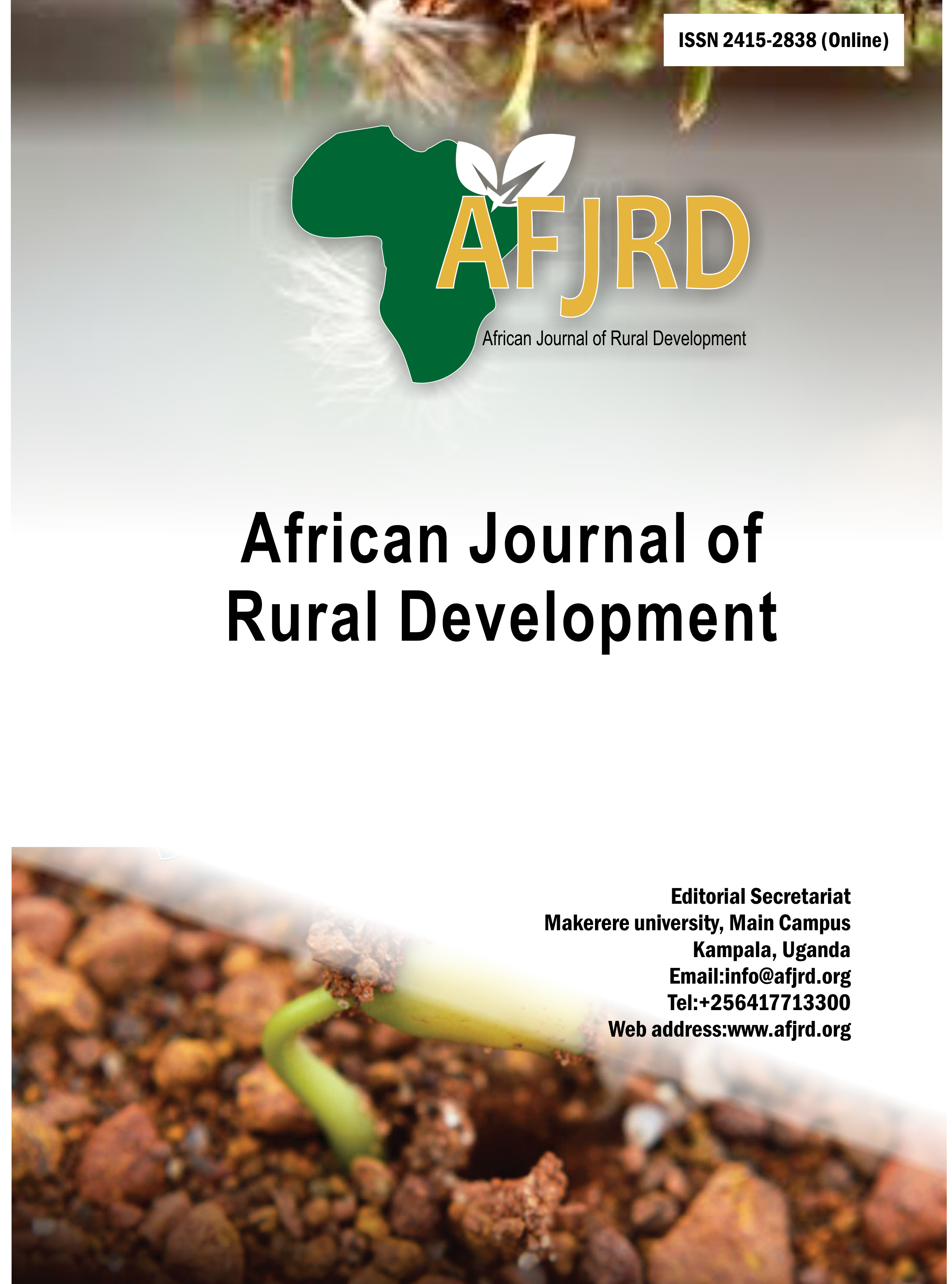Genetics and genomics of sorghum perennity, resistance to Striga, and efficient mycorrhizal symbiosis in Ugandan germplasm Genetics and genomics of sorghum perennity, resistance to Striga, and efficient mycorrhizal symbiosis in Ugandan germplasm
Main Article Content
Abstract
Sorghum [Sorghum bicolor (L.) Moench] is a critical cereal crop for food security in sub-Saharan Africa, especially in Uganda, where it is a staple food. This review synthesizes current research on the genetics and genomics underlying sorghum perennity, resistance to the parasitic weed Striga, and its symbiotic efficiency with mycorrhizal fungi in Ugandan germplasm. Sorghum’s perennial traits offer the potential for sustainable agricultural systems by reducing the need for annual replanting and improving soil health. The resistance to Striga, a significant biotic stress factor, is crucial for enhancing sorghum yield stability and food security. Additionally, effective mycorrhizal associations can enhance nutrient uptake, particularly phosphorus, thereby improving sorghum's growth and resilience in nutrient-poor soils. Advancements in genomic tools and breeding techniques have facilitated the identification of key genetic loci associated with these traits. Quantitative trait loci (QTL) mapping and genome-wide association studies (GWAS) have identified several candidate genes and molecular markers linked to sorghum’s perenniality and Striga resistance. For instance, the discovery of specific resistance genes and associated signaling pathways has provided deeper insights into the genetic mechanisms of Striga resistance. Integrating these genetic insights into sorghum breeding programs can accelerate the development of resilient and high-yielding varieties suited to Ugandan agro-ecosystems. This review underscores the importance of multi-disciplinary approaches combining genetics, breeding, and agronomy to address key challenges in sorghum production. Future research directions include the application of advanced genomic editing tools such as CRISPR/Cas9 to further refine trait integration and the exploration of genomic selection for rapid breeding cycles.
Article Details

This work is licensed under a Creative Commons Attribution 4.0 International License.
